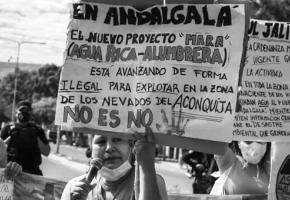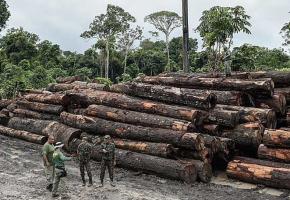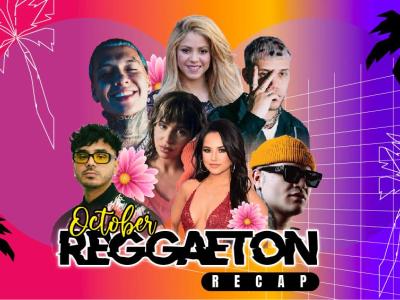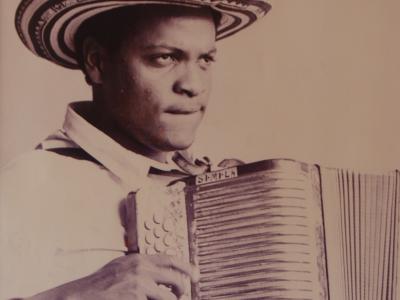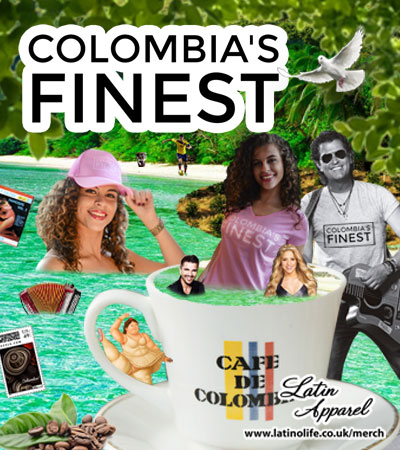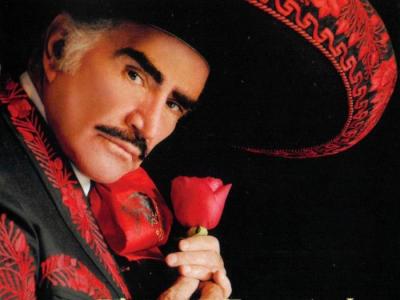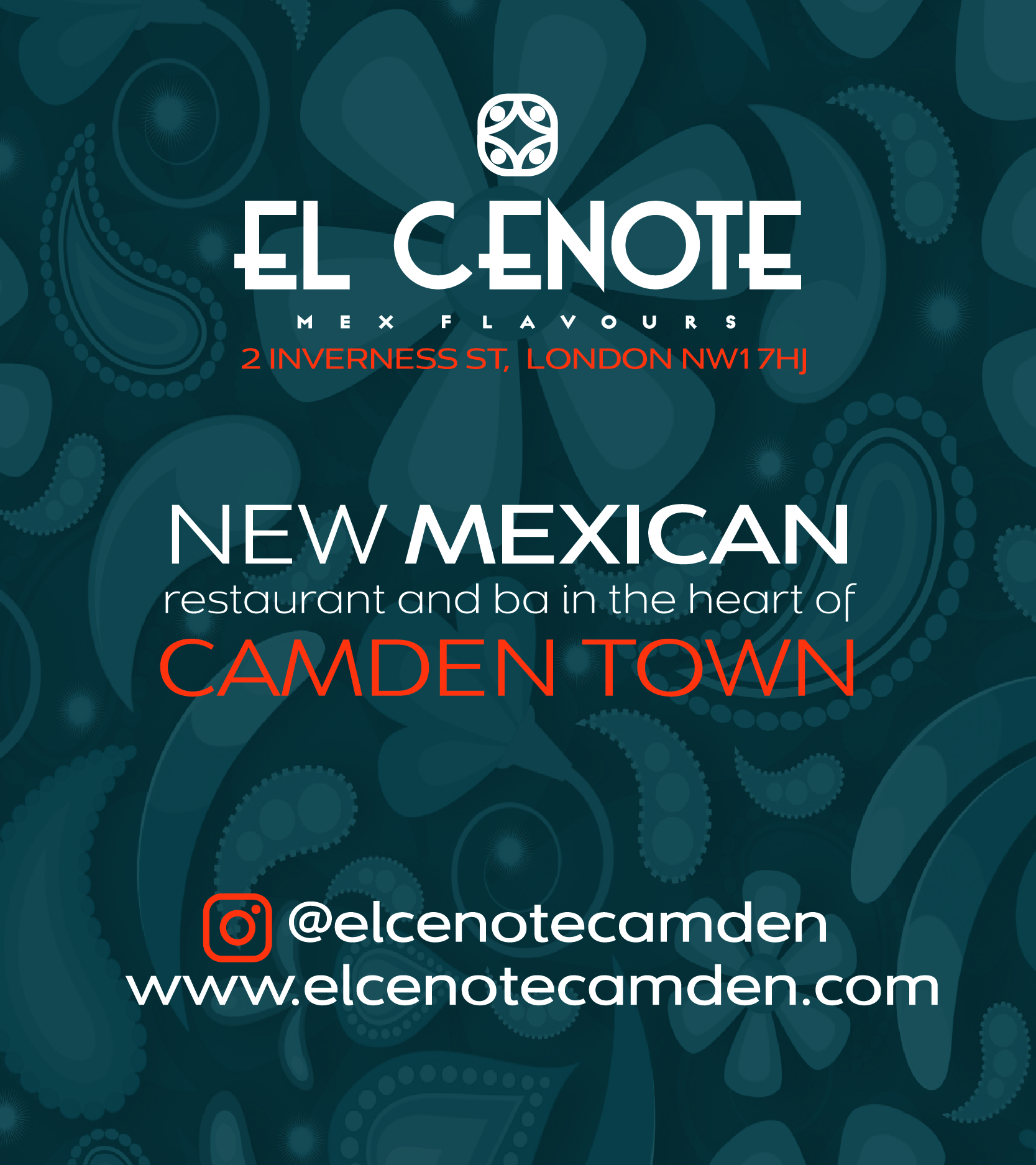Part 1
I arrive in Punta Gorda in the pitch black after a bumpy six hour bus journey from Belize City. Government roadside adverts dot the route, advising youngsters to ‘Stay Out of Crime’, and Belizeans to ‘Protect the Cayes and the Mangroves: your social security benefits’. Belize City is beset by gang violence, but high-end and ecotourism is booming in the north around the country’s cayes, beaches, and pristine conservation areas, and is a major contributor to the economy. The ads tail off by the time we reach Toledo, a safer but poorer district where the flocks of tourists are yet to arrive. PG is Belize’s southernmost town, a hot, humid and sleepy place at the end of the bus-line, its night air humming with church music and Creole beats. From here to the River Sarstoon, the border with Guatemala, lie dense wetlands, forest and mangroves, and the country’s poorest communities, including many Q’eqchi Maya and Garifuna indigenous peoples.
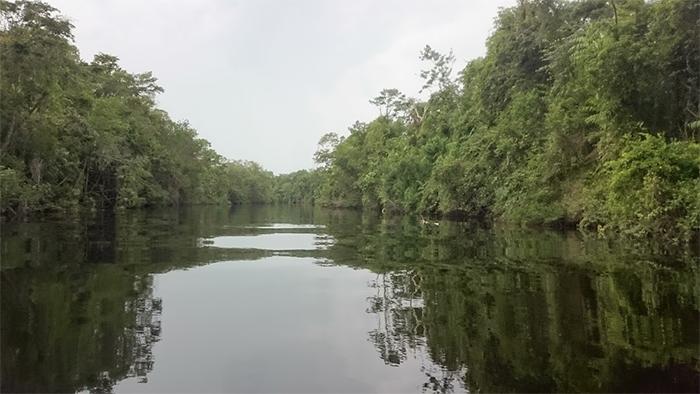 The Sarstoon River bordering the Sarstoon Temash National Park
The Sarstoon River bordering the Sarstoon Temash National Park
I’m here to learn about land rights from a pioneering indigenous organisation which combines human rights, community development and the environment into its work - the only one of its kind in Belize. Inspired by indigenous movements in Canada and indigenous politics emergent in the 1980s and 90s onwards, communities here set up the Sarstoon Temash Institute for Indigenous Management, or SATIIM, to protect the forest area around their ancestral lands.
SATIIM involves six Q’eqchi Maya and Garifuna village communities, but its office is located on a lot in downtown Punta Gorda, with pick-ups and a boat for exploring the Sarstoon and Temash Rivers parked up outside. The office buzzes with activity, with village leaders dropping by and staff heading in and out for community meetings or forest field work.
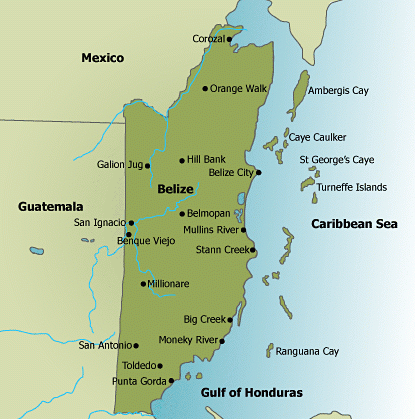 Map of Belize by Destination360
Map of Belize by Destination360
Over three weeks I spent time with SATIIM in their office, in the villages, and in the forest, learning about their work and recording the voicesof community members. The organisation first got going when Mayan and Garifuna communities awoke to the fact that the government had created the Sarstoon Temash National Park without consulting or informing them. The park ringfenced a ‘protected area,’ cutting across the lands of a number of villages. On a visit to the Q’eqchi Maya village Crique Sarco, Andres Bo explained to me that using forest resources such as comfre palms (used by the Garifuna for building temples), vines and sticks for building houses, farming, hunting and fishing on part of their ancestral lands was now outlawed.
Land displacement is a recurrent feature of the Q’eqchi Maya and Garifuna histories, who were repeatedly caught up in conflicting colonial interests before settling in Belize in the 1800s. Although the government created the park in the name of conservation, Andres explains that again people felt they had been pushed off their land. This time however, empowered by an awareness of their human rights, the communities decided to take back some control and influence in the area. They set up Satiim and began working with the government to manage and protect the park.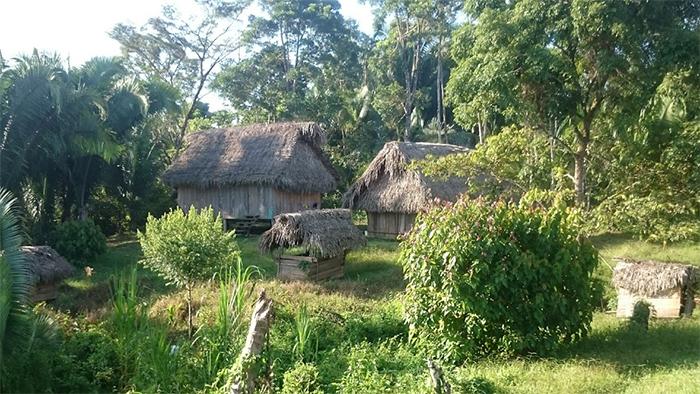 A view of Crique Sarco, a Mayan village
A view of Crique Sarco, a Mayan village
That was until corporate interests prompted the government to relax its ban on extractive activities in the forest: in 2005 US Capital Energy, a Texan based oil company, were granted oil exploration permits and began to cut paths and build exploratory oil drills, wreaking havoc on the forest’s ecosystems, and opening up access to illegal logging, hunting and fishing by poachers.
SATIIM, the communities and other local partners decided to mobilise, and in 2006 launched a string of legal battles against the government and US Capital, building the case for indigenous land rights. The Supreme Court and the Caribbean Court of Justice have repeatedly ruled in the communities’ favour, recognising their customary land tenure, property rights and communal interest in the land they occupy. In a 2015 ruling the Caribbean Court of Justice stated that the government and US Capital Energy acted without the ‘Free, Prior, Informed Consent’ (FPI) of the Mayan and Garifuna communities, a principle defined by the United Nations Permanent Forum on Indigenous Issues and recognised in international law.
SATIIM’s Director Froyla is a Mopan Maya from a village 20 miles north of PG. Inspired by her father who was involved in the nascent Mayan movement, she has been involved in indigenous land rights since she was a teenager. Finding time to sit down in the office one afternoon Froyla explained that the legal victories mean the government can no longer ignore the communities, and have forced them to consult with them (although Froyla labels some consultation efforts as a farce). The cases have also challenged the national discourse and perceptions of Mayan people as “immigrants from Guatemala”: “We had to overcome the perception that we wanted special rights. We had to talk about colonisation and about why Maya people are the poorest in the country. We had to do some history lessons, ” Froyla explains.
Proponents of the oil project have labelled SATIIM as anti-development and villages have been divided over whether to welcome the project in case it brings some relief to the poverty in their communities - a chronic lack of investment in southern Belize means many rely on subsistence agriculture. However tangible benefits from the oil company have been few and far between. A community member employed by US Capital explained to me that the few short term jobs that appear during oil exploration offer poor working conditions and low pay. Better paid roles were reserved for specialised staff brought in from Mexico.
Froyla sums up: “the reality is, all we can do is use the machete. We haven't been to high school. It was very clear that their vision for development is one that was all systems go. It was based on the colonial system of just coming in, extracting what you want, and leaving everything else behind.” In the sleepy villages around the park the schools are coated with orange and green paint, US Capital colours, part of the corporation’s efforts to win over communities in the early days of exploration. However the schools remain entirely government funded, and the now peeling paint jobs seem little more than a branding exercise.
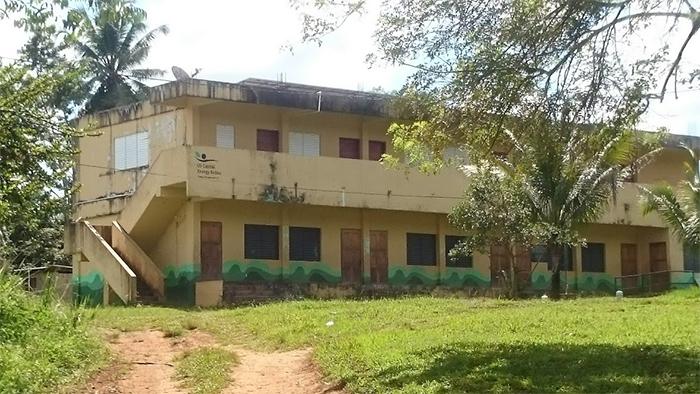 A school in Crique Sarco village painted by US Capital Energy
A school in Crique Sarco village painted by US Capital Energy
SATIIM will now be working on georeferencing their ancestral land boundaries in order to get more solid legal recognition, and focusing on land rights awareness and environmental education. For the moment the low global oil price has meant that the impetus from US Capital has been lost and the drill site sits empty. But as the government has extended their permits to Feb 2017 in spite of court rulings, further drilling remains a possibility. For Froyla however the communities are now more empowered and more ready to fight for what happens in their land: “It is clear when I attend the community meetings now that the villagers have a different vision of development for themselves. So that's what gives me hope”.
Rachel Simon is an environmental researcher and campaigner, with a special interest in fossil fuel extraction and community led environmental action. For more articles by experts at The Latin American Bureau, visit www.lab.org.uk. Rachel's research will form part of LAB’s forthcoming book, Voices of Latin America.




